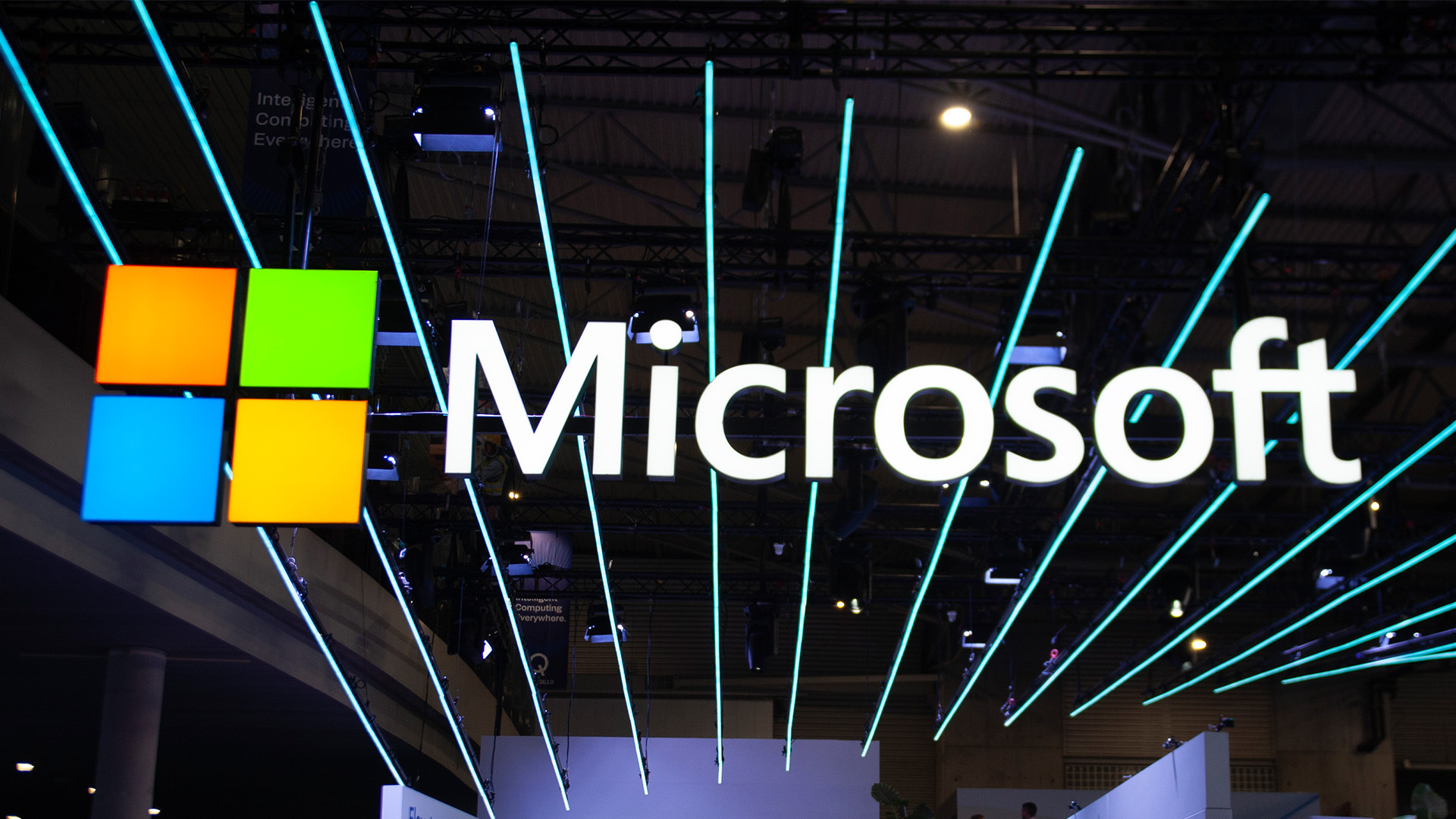
[JACK AYLMER]
THE RISE OF ARTIFICIAL INTELLIGENCE IS CREATING HUGE ENERGY DEMANDS AROUND THE WORLD.
AND AMONG THE MOST AFFECTED – THE COMPANIES RUNNING DATA CENTERS supporting that tech.
Many have made commitments to bring their operations to net zero emissions.
MICROSOFT FOR EXAMPLE SAYS IT WILL BE CARBON NEGATIVE BY THE END OF THIS DECADE-
BUT COMPARED TO 2020 LEVELS, THE COMPANY’S EMISSIONS ARE UP BY ALMOST A THIRD, LARGELY DUE TO INCREASED AI USE.
ITS PART OF WHY MICROSOFT ANNOUNCED A PARTNERSHIP THURSDAY WITH PIVOT ENERGY TO BUILD UP MORE SOLAR POWER INFRASTRUCTURE.
THIS JOINT EFFORT AIMS TO PRODUCE 500 MEGAWATTS OF COMMUNITY-SCALE SOLAR POWER ACROSS THE COUNTRY.
MICROSOFT SAYS THE ENDEAVOR WILL CREATE ENOUGH ENERGY TO POWER A SMALL CITY-
AND HELP ELIMINATE EMISSIONS AT AN ANNUAL RATE ROUGHLY EQUIVALENT TO 165,000 GAS POWERED CARS.
AS MANY AS 100 COMMUNITIES IN 20 DIFFERENT STATES WILL RECEIVE A PORTION OF THESE SOLAR BENEFITS.
MICROSOFT’S DIRECTOR OF ENVIRONMENTAL JUSTICE says THEY FOCUSED ON SELECTING PLACES WHERE PEOPLE WITH LOWER INCOMES PAY A DISPROPORTIONATE AMOUNT FOR ELECTRICITY.
WHILE THE SOLAR ENERGY CREATED WON’T GO DIRECTLY TO POWERING AI, DOING THIS WILL ALLOW MICROSOFT TO PURCHASE RENEWABLE ENERGY CREDITS-
ESSENTIALLY GIVING THE COMPANY A WAY TO OFFSET THE EMISSIONS CREATED BY ITS DATA CENTERS.
THE FIRST OF THESE SOLAR PROJECTS ARE EXPECTED TO BE COMPLETE BY THE END OF THE YEAR, WITH THE OTHERS DEVELOPED THROUGH 20-29.
JACK AYLMER – STRAIGHT ARROW NEWS.











